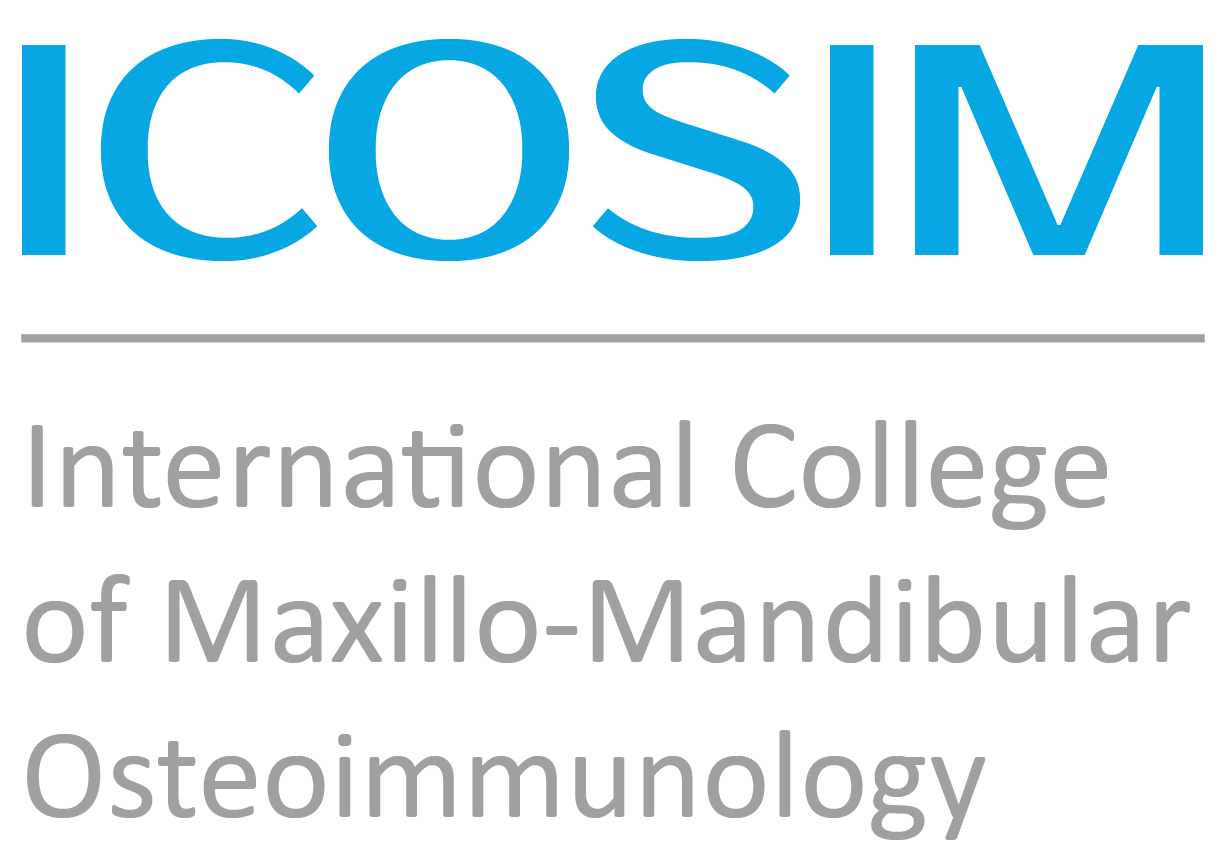Dear friends of ICOSIM and
jawbone osteoimmunology,
1. Journal of International Medical Research
In our last Weekly, we highlighted the fantastic opportunity to gain previously impossible insights into osteoimmunology with CaviTAU®. Here is an excerpt from our scientific study in the Journal of International Medical Research (PubMed indexed) on:
Osseointegration and osteoimmunology in implant dentistry: Evaluation of immunologic sustainability of dental implants using modern sonographic diagnostics.
Solid implant attachment, marginal mucositis and peri-implantitis are easy to evaluate diagnostically. However, this does not apply to osteoimmune processes in the hidden area of para-implant osseointegration. To our knowledge, we are the first to be able to prove the following on the basis of our data:
The problem: Bone marrow defects of the jaw (BMDJ) in the vicinity of dental implants in combination with impaired bone-to-implant contact (BIC) are difficult to detect on radiographs and have therefore been little studied.

So, using CaviTAU® and the CTU ultrasound measurement unit (see previous ICOSIM Weekly), we investigate BMDJ around titanium (Ti-Impl) and ceramic (Cer-Impl) implants and clarify the role of osteoimmunology in the development of incomplete BIC. Can the CaviTAU® ultrasound device accurately assess and compare the osseointegration of Ti-Impl and Cer-Impl with precise numerical scaling of BIC?
a) The previously neglected reduced bone-to-implant contact (BIC) and partially failed osseointegration can be detected by measuring the para-implant bone density with CaviTAU®.
b) CaviTAU®measurements for Cer-Impl CTU values are higher than those for Ti-Impl. Cer-Impl show significantly better long-term osseointegration compared to Ti-Impl.
c) The use of Cer-Impl instead of Ti-Impl does not generally exclude the possibility of impaired osseointegration.
d) For this reason, the evaluation of bone density and bone metabolism in the selected alveolar region should be performed prior to implantation with CaviTAU® regardless of the choice of implant material.

e) Implantation in osteoimmunologically unstressed alveolar bone assessed with CaviTAU® appears to be the key factor for successful osseointegration and long-term osteoimmune sustainability of dental implants.
f) Analysis of areas with incomplete BIC shows local overexpression of RANTES/CCL5, which may have systemic consequences and inflammatory disease[15].
The results of our combined diagnostic (Ti-Stim and CTU) and pathogenetic (RANTES/CCL5) findings support
1) the consistent use of Cer-Impl and
2) the pre- and post-implant metrological use of ultrasound sonography with CaviTAU® in dental implantology.
2. For all those who still do not believe in the existence of this pathology…
Book publication: FDOK documentation with 69 color images and histologies for online purchase:
I look forward to hearing opinions and questions from ICOSIM on this and I remain with collegial greetings until the next ICOSIM Weekly!
Your Hans Lechner.

 Deutsch
Deutsch English
English Português do Brasil
Português do Brasil Español
Español